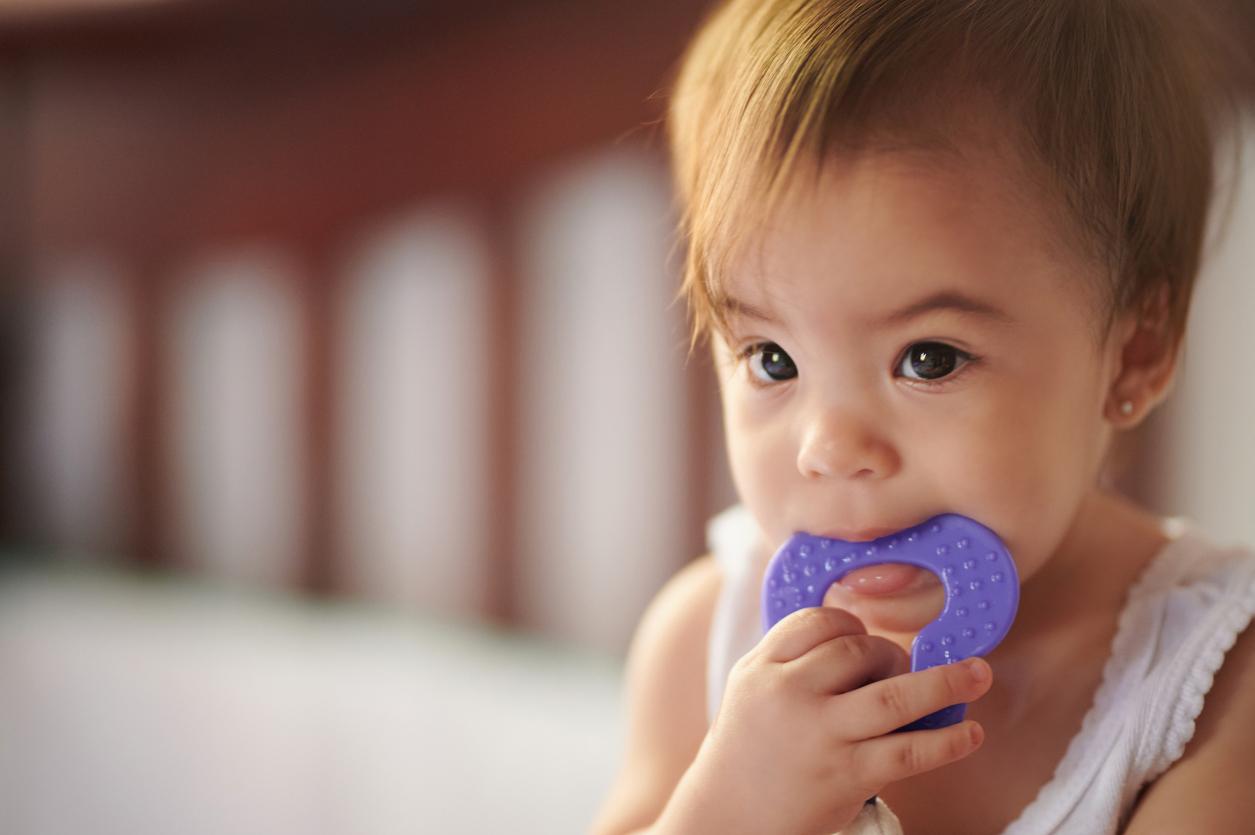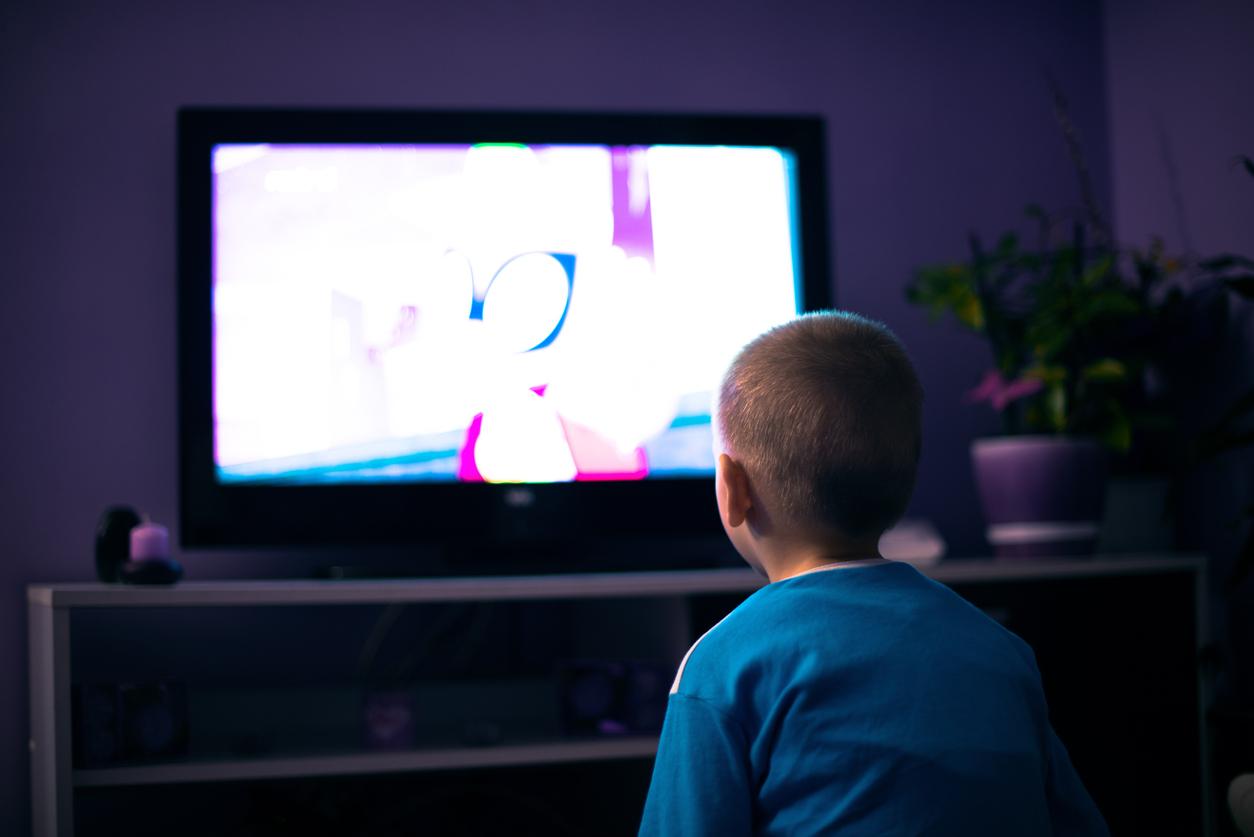In the womb and throughout childhood, the little ones are particularly exposed to microparticles and nanoparticles of plastic, which they ingest through baby bottles, toys, textiles, packaging, breast milk or dust, according to a study review.

- Regulations relating to plastic in various products, such as toys and baby bottles, and the management of plastic waste vary across the world.
- This means that children are exposed to very different amounts of plastic depending on where they live.
- People living in poverty are much more at risk.
Plastic is ubiquitous in our environment. So much so that it is nowadays impossible to prevent babies from ingesting plastic particles – microplastics, tiny particles, and nanoplastics, even smaller – according to researchers from the Norwegian University of Science and technology (NTNU).
Microplastics: what effects on children’s health?
In their study reviewthe results of which were published at the start of 2022 in the journal Environmental Health Perspectives, the research team reviewed 37 previously published scientific articles on microplastics and nanoplastics and their effects on pregnancy and childhood. According to their work, in the womb and throughout childhood, children are particularly exposed to microplastics and nanoplastics.
Microplastics ingested by toddlers come from baby bottles, toys, textiles and food packaging, among others. They could even be found in baby milk and breast milk, according to some studies. These microparticles are also found in household dust, in contact with children who may ingest them while playing or crawling on the floor.
In addition to plastic, microplastics sometimes contain harmful chemicals like endocrine disruptors such as phthalates or metals added for color, stabilization or as a biocide to destroy or inactivate harmful organisms. When microplastics end up outside in the environment, for example as particles from car tires near a road, the particle is often coated with other particles from air pollution and dust. traffic exhaust.
Parents: reduce plastic in contact with their children
“Nano- and microplastics are so tiny that they can penetrate deep into the lungs and can also cross the placenta. At the same time, they carry dangerous chemicals with them on their journey. This is why we believe that nano – and microplastics can pose a risk to the health of children”said Kam Sripadalead author of the study and researcher at NTNU, in a university statement. “Children do not have a fully developed immune system and are in a very important phase of their brain development. This makes them particularly vulnerable”adds the researcher.
Parents can reduce the amount of plastic their children are exposed to by making sure their food is packaged in as little plastic as possible, dusting the house regularly, choosing hygiene products with less plastic, and choosing building materials that do not contain PVC (Polyvinyl Chloride) or other plastics when doing home renovations.
Children more exposed to microplastics than adults
According to NTNU researchers, the scientific literature lacks knowledge about children’s exposure to harmful plastics at school, in neonatal wards and through breast milk, breast milk substitutes and other child care products. babies. Additionally, very few studies have attempted to determine the actual amount of plastic ingested by children. This information gap can partly be explained by the limitations of existing technology to detect very small plastic particles.
“It is entirely possible that children are more exposed to microplastics than adults, as is the case with many other environmentally toxic chemicals”warns Kam Sripada. “Nobody knows exactly how much microplastic a child ingests. But several studies suggest that today’s children are absorbing microplastics into their bodies from fetal age. This is concerning.”continues the scientist.
“Authorities and industry bear the responsibility”
Her team calls for more research into the level of exposure of pregnant women to various plastic substances and how plastic can be transferred to the fetus.
The researchers point out that federal and local authorities can help ensure that the use of plastics in society is kept low. The team recommends industries that manufacture various plastic products for children and women to be more careful and ensure that their products do not suffer from plastic leaching (the extraction of soluble products by a solvent, and in particular by water circulating in the ground or in a substrate containing toxic products). “Authorities and industry bear the responsibility. We strongly encourage them to respect the precautionary principle”concludes Kam Sripada.















